The 10 biggest things we learned from the Google I/O keynote
Android 12, AI conversations, super shopping, holographic calls and more from the opening keynote at Google I/O 2021
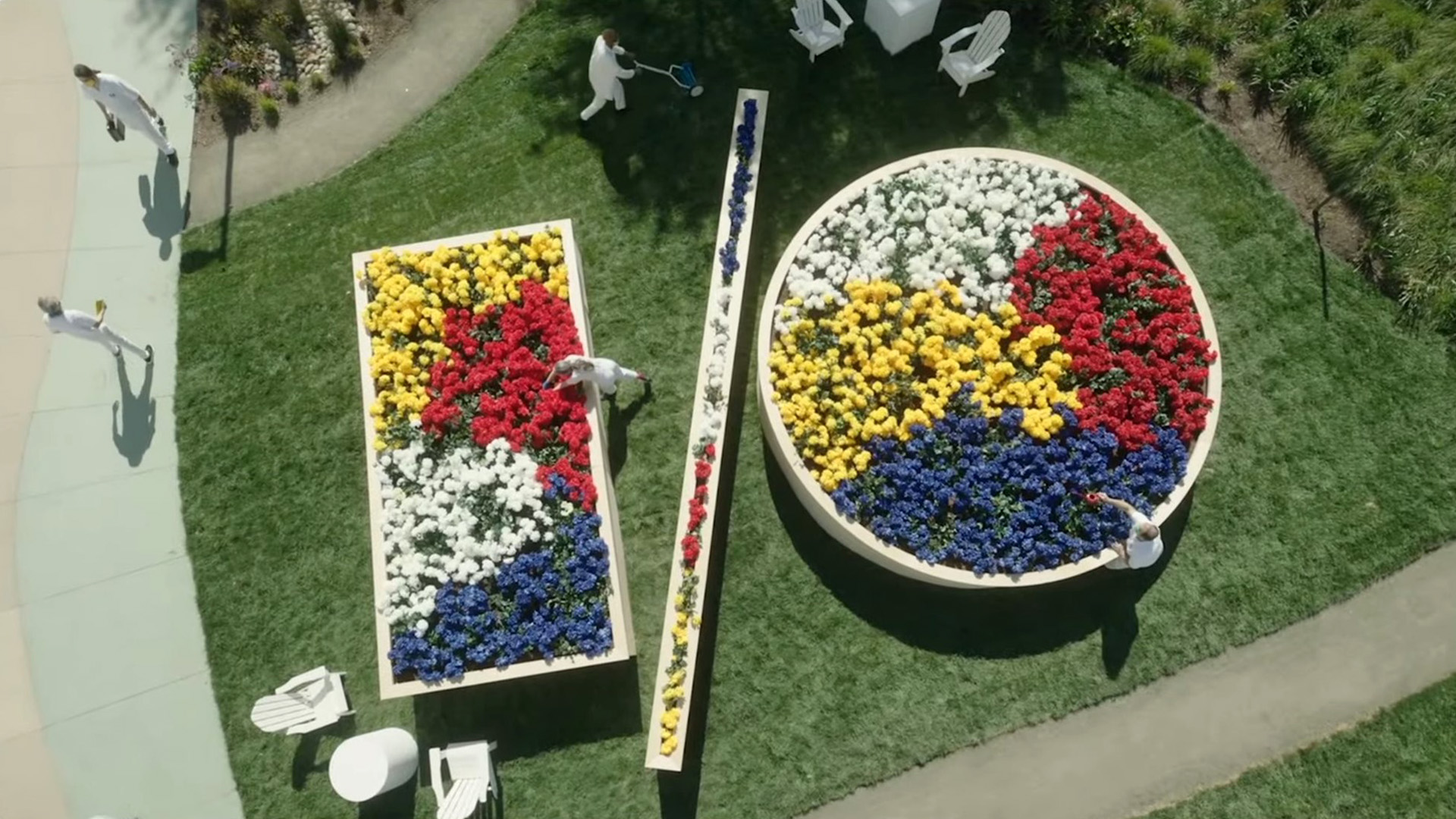

The Google I/O keynote gave a wide overview of all the cool things that Google has been working on, in this case, for the past two years. So, it’s no surprise that there’s was lots of great updates and developments across its scope of products.
While some of the announcements were in line with rumors and leaks that we’ve seen over the last few weeks, there were a few surprises too – such as holographic video and the digital car keys. The general theme of the keynote seemed to stem around making an experience that is more natural and effortless for users while maintaining their complete privacy.
“We never sell your information to anyone,” said Google Maps VP, Jen Fitzpatrick. While Engineering and Product VP, Suzanne Frey, boldly claimed that “the most secure devices run on android.” The company making clear that Apple isn’t the only one serious about data security.
Though we will delve deeper into some of these announcements later, here are the points that really stood out. You can also watch the full keynote yourself below.
- AirPods Max and AirPods Pro don't support Apple Music Lossless, Apple confirms
- Samsung Galaxy 'S Foldable' with tri-fold smartphone display teased
- Skype’s days are numbered as Microsoft launch Teams for friends and family
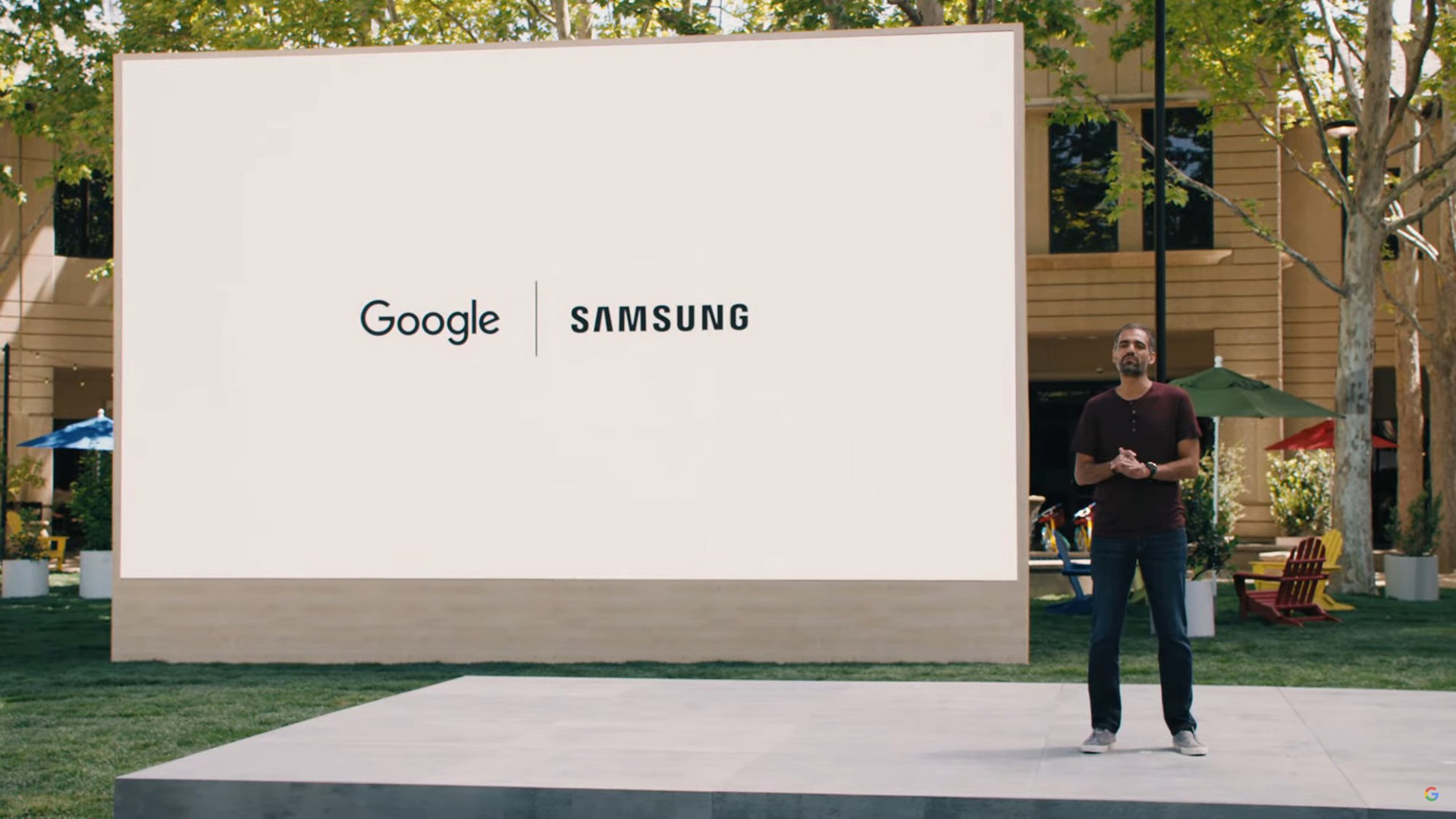
The Microsoft Teams platform for IOS
1. Wear OS and Samsung’s Tizen are now one
From reports earlier this month, we knew that the next Samsung Galaxy Watch would run Wear OS and that the skin would look somehow different, but the truth was much more impressive. Samsung has now joined forces with Google to develop the Wear OS platform, combining its Tizen know-how with the enormity of the Google app library and battery life.
This is good news for all Wear OS users, as Samsung’s input will be rolled out across the whole ecosystem. And there are big improvements coming to Wear OS as a result. Expect updates to popular apps, faster navigation and more tiles, as the tile function is opened up to all developers.
Google also mentioned that Wear OS will benefit from the health and fitness functionality of Fitbit, now that they are Google-owned. There was also mention of new Fitbit models using the Wear OS platform coming soon.
Get all the latest news, reviews, deals and buying guides on gorgeous tech, home and active products from the T3 experts

Android 12
2. Android 12 gets a whole new look
The details of Android 12 were very close to the leaked Android slides and video we saw over the weekend. However, we did learn more about the new coloring. Material You is all about finding colors that match you, with full customization across everything from the lock screen to the system settings. It can also use color extraction from images, so if you can a picture to your lock screen, it can use the colors from the image to create your entire palette.
Described as Android’s “most ambitious release ever,” the design is definitely more playful, with new at a glance views and quick settings. There’s also dynamic lighting which can brighten from the bottom when picking the phone up, or from the top when pushing the power button.
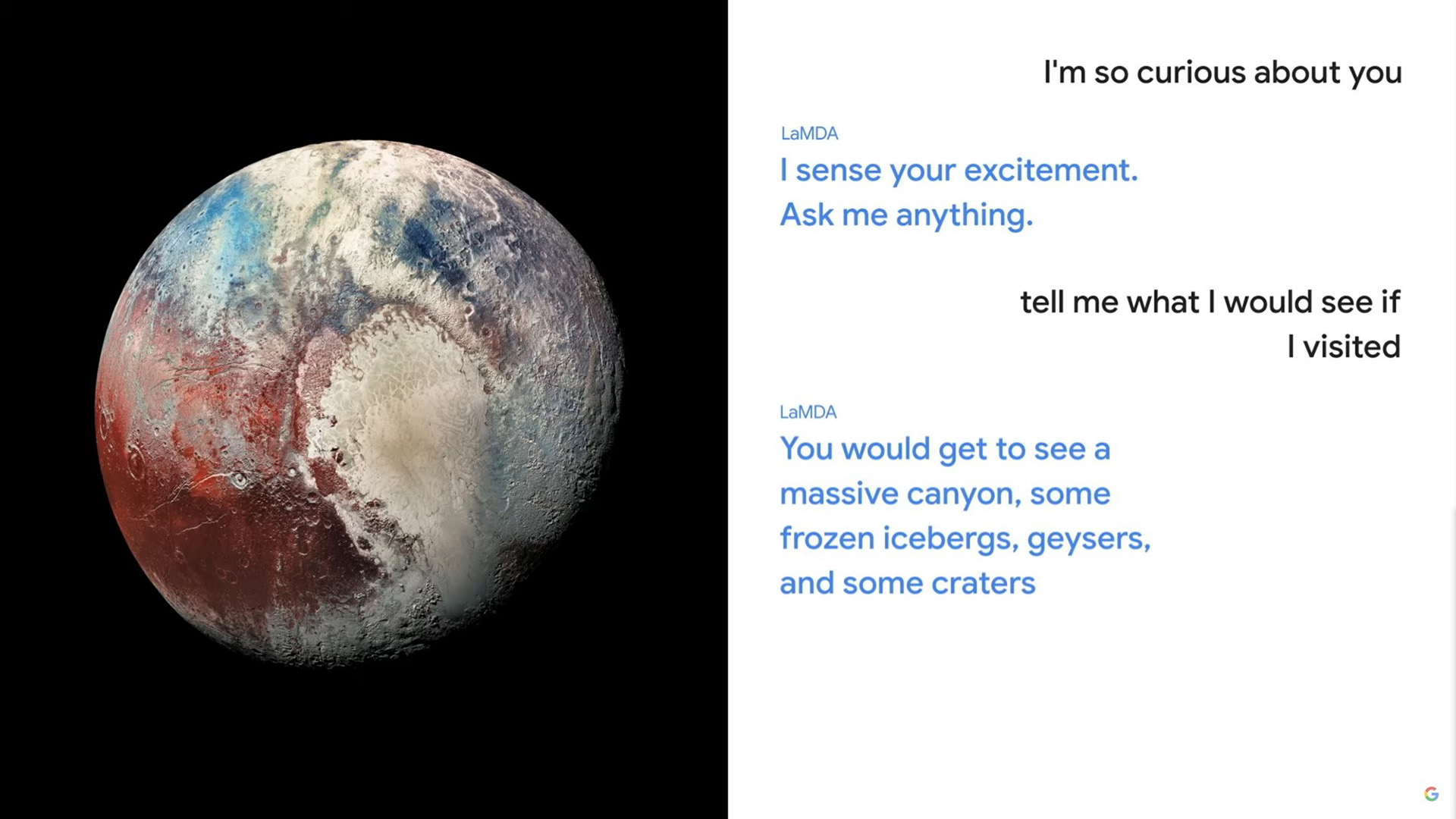
Pluto AI
3. Google AI allows you to talk to inanimate objects
Google’s impressive new LaMDA AI conversation technology allows for more fluid conversations with the platform. It is able to better detect meaning from more casual phrases, rather than relying on specific words to be recognized.
This can be used to search out specific requests, such as a map route that takes in mountain scenery or the part of a movie where a lion roars. It also highlighted its ability to share knowledge on a subject by personifying that thing. The demo showed a user having a conversation with the planet Pluto and asking a paper plane what makes it fly further.
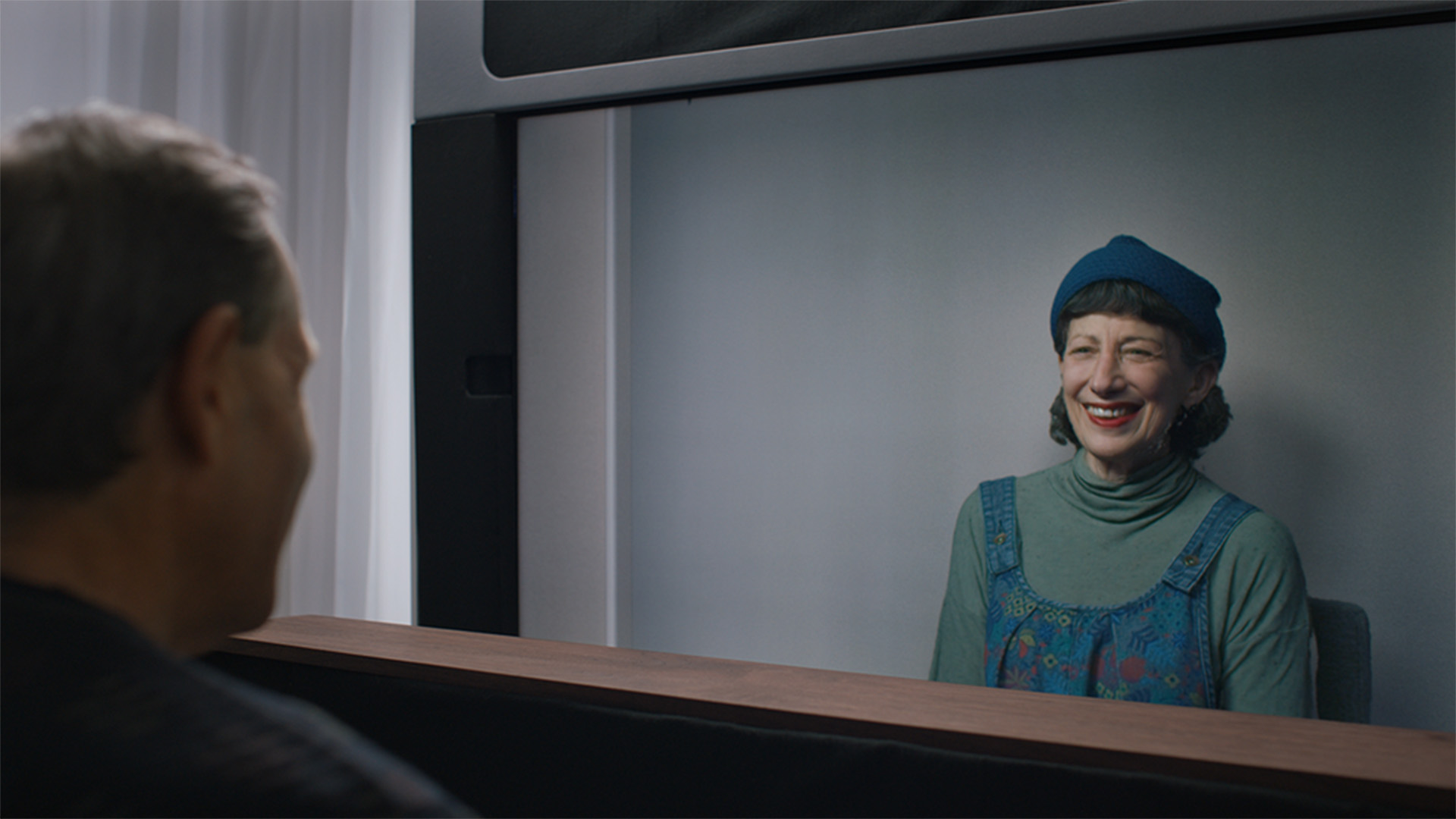
4. Holographic video calls are coming
An ongoing technology that was revealed was Project Starline. This provides the ability to have a video chat with someone that really feels like they are in the same room. The technology uses high resolution cameras to map the depth of the subject and create a 3D image. This data is then highly compressed for transport and then projected on to a light field display. If their results are as good as they looked in the presentation, this is seriously cool.
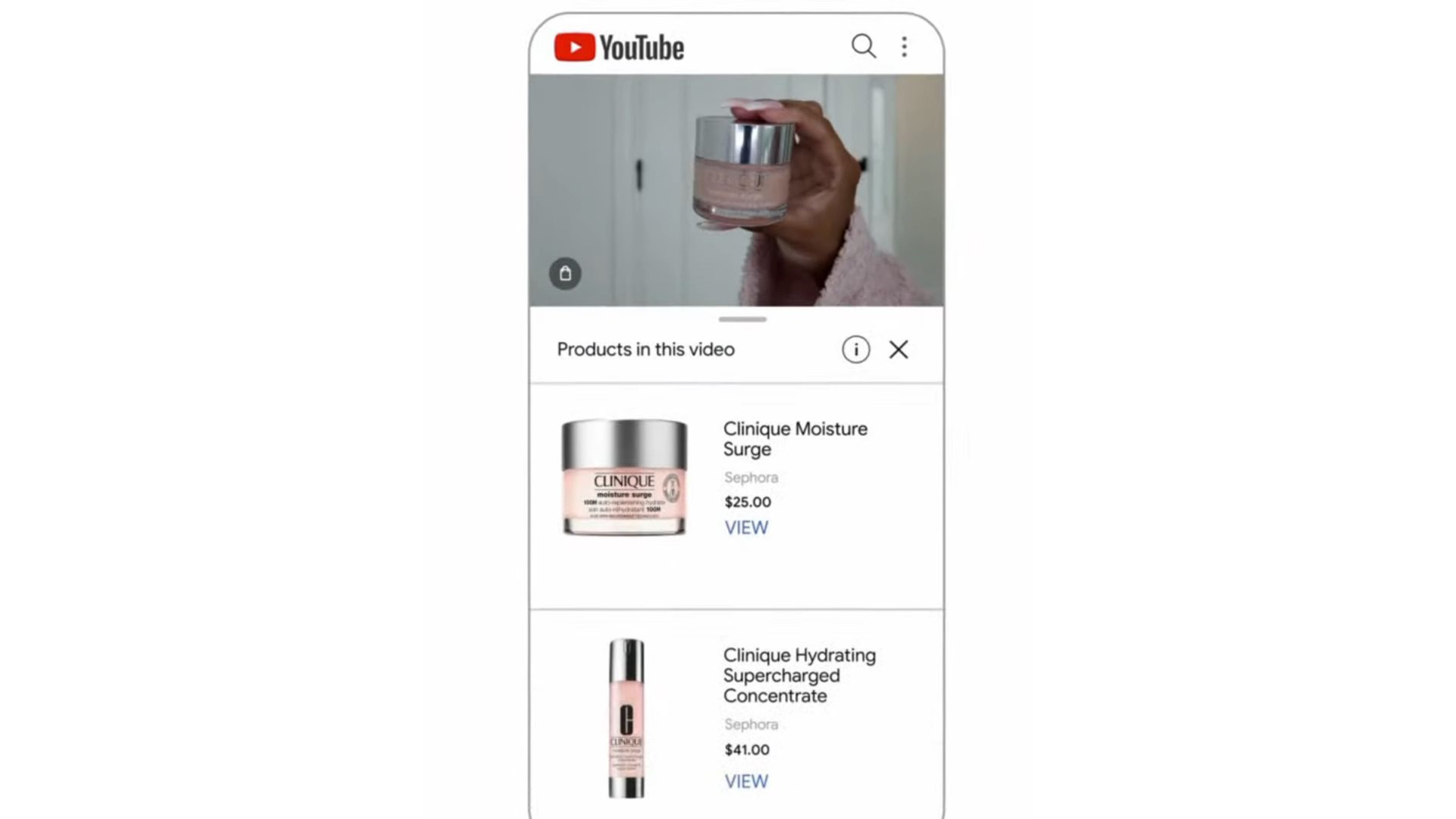
5. If you see something, Google can help you buy it
Google is working harder to provide a way for you to buy stuff. Its shopping graph pulls in product information from websites, including prices, reviews, videos and inventory data from the manufacturer. Whether you are searching with Google lens, images or text search, you will be able to find the product you need. Even when viewing images in Google Photos, you can use lens to find the item in the picture.
This means, if you see something you like you can quickly take a photo of it and Google will track it down for you. It will also identify products in YouTube videos and provide suggestions of how to buy them. Ideal if for those trying to follow celebrity fashion, or just watching a product video review. And for all those items you placed in shopping carts and forgot about – Google can remind you where you left them when opening a new tab, and even offer coupons to reduce the price.

6. Android cameras will be more inclusive on skin tones
Auto exposure functions have been fine-tuned over the years to provide natural looking skin tones in images. Unfortunately, they have been predominantly focused on getting Caucasian skin tones right. Those with darker colored skin are rarely accounted for, so portraits are left looking too bright or too dark, or with strange tones.
This latest work by Google on its camera system is designed to correct for this oversight and give a more accurate skin tone for dark skin. The improvements are focused on the exposure and white balance and will also help curly hair stand out from the background. The real test is often in groups with mixed skin colors, so I look forward to seeing how goof this is.
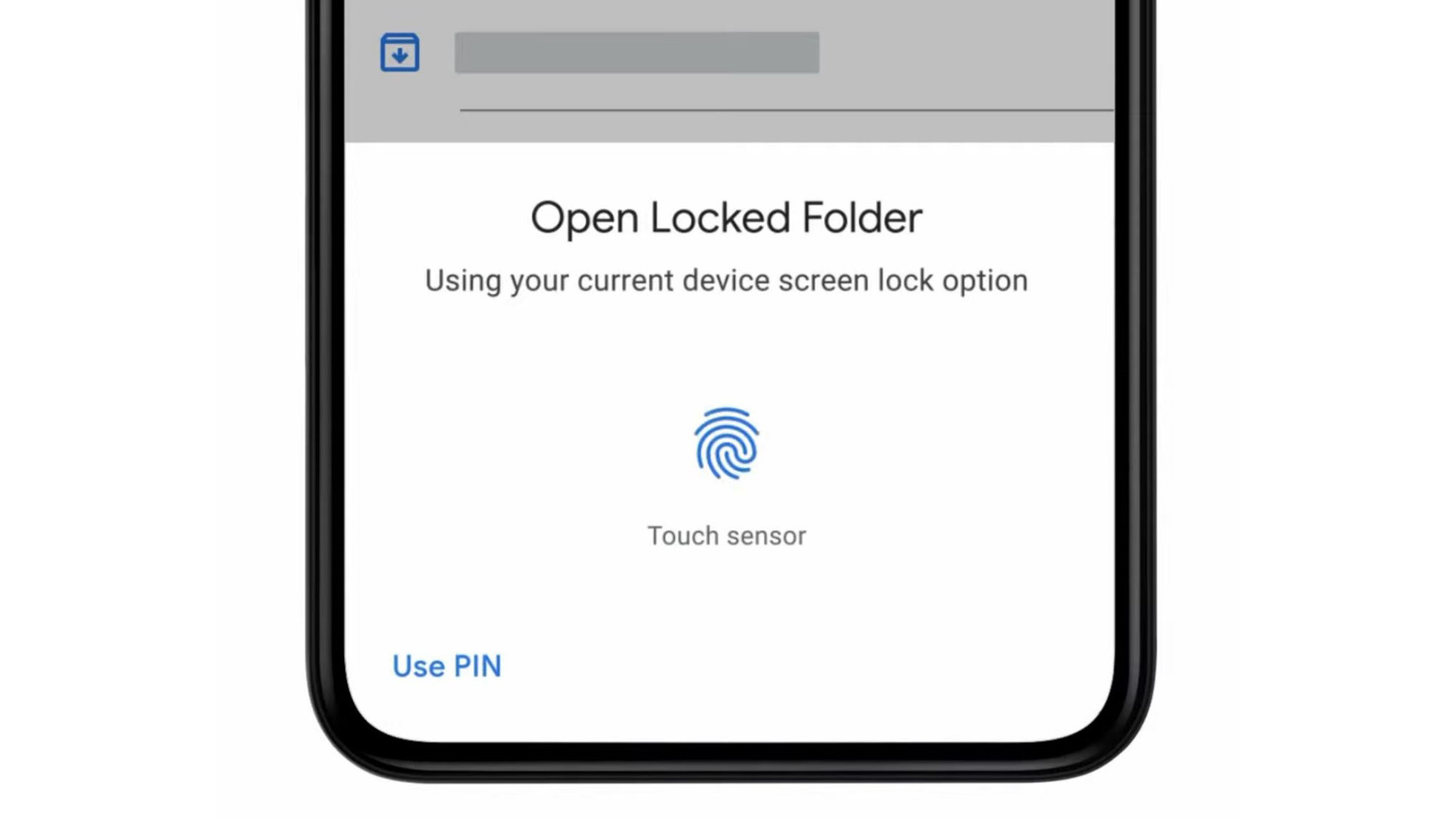
7. You can lock folders and pictures on your phone
Google photos makes it easy to find all of your pictures, but sometimes you have pictures and videos that you don’t want everyone seeing – like the ones from ‘that’ stag do or, you know the ones… But now there’s answer that doesn’t involve renaming them as work files.
The upcoming update for Google Pixel phones will let you lock certain photos in a special folder with a password and stop them appearing in the Google Photos feed. So next time you’re showing your photo feed to your mum, she won’t see that new tattoo. This will also roll out to other Android phones later.
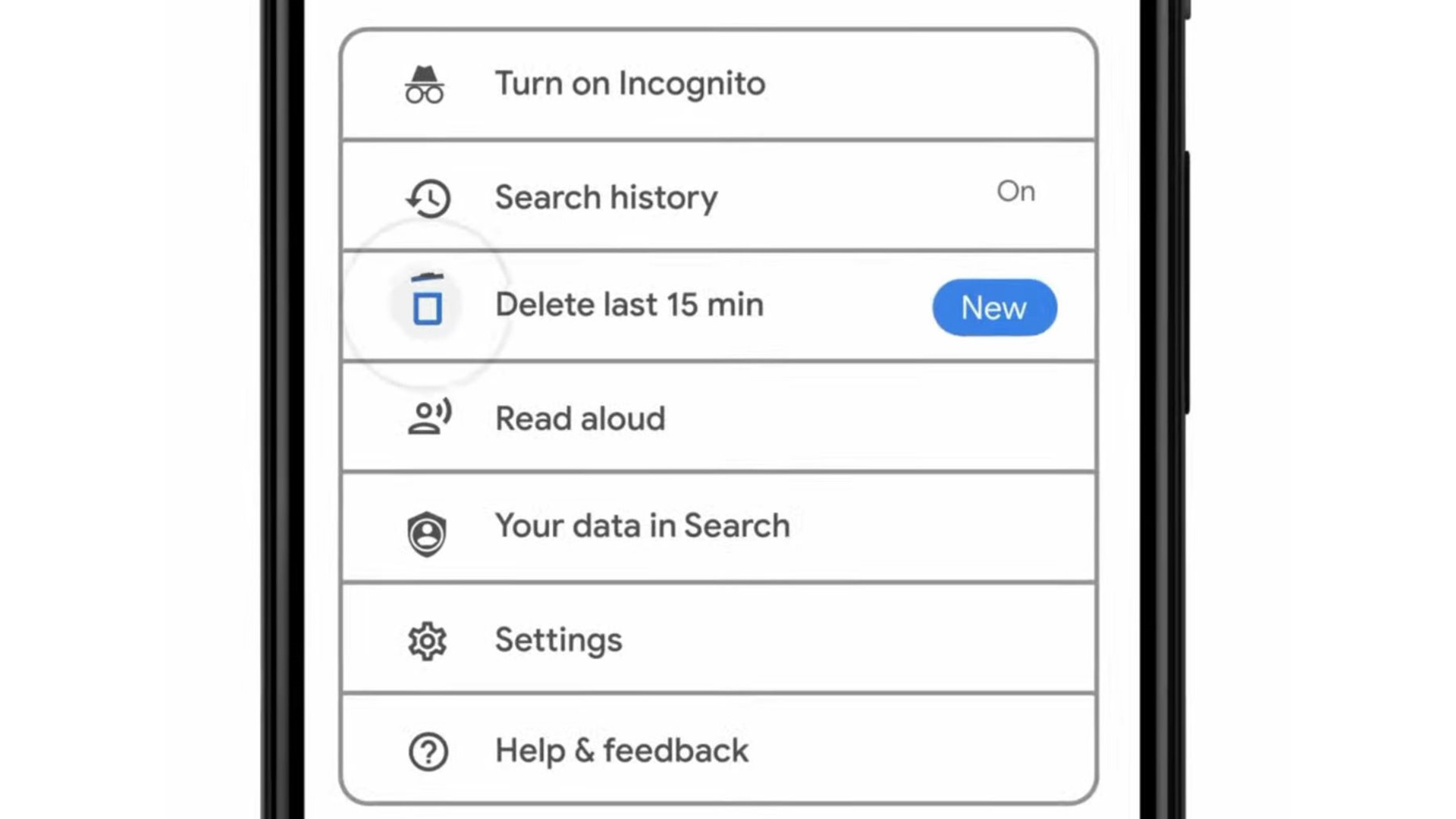
8. Delete the last 15 minutes of history
On the subject of things you’d rather not share, this new feature will help those that don’t want to leave their search history intact, without wiping everything. A new function allows you to delete everything you searched for in the last 15 minutes. Handy for surprise birthday present buying or visits to Taylor Swift fan club pages (I’m not ashamed, she’s great).
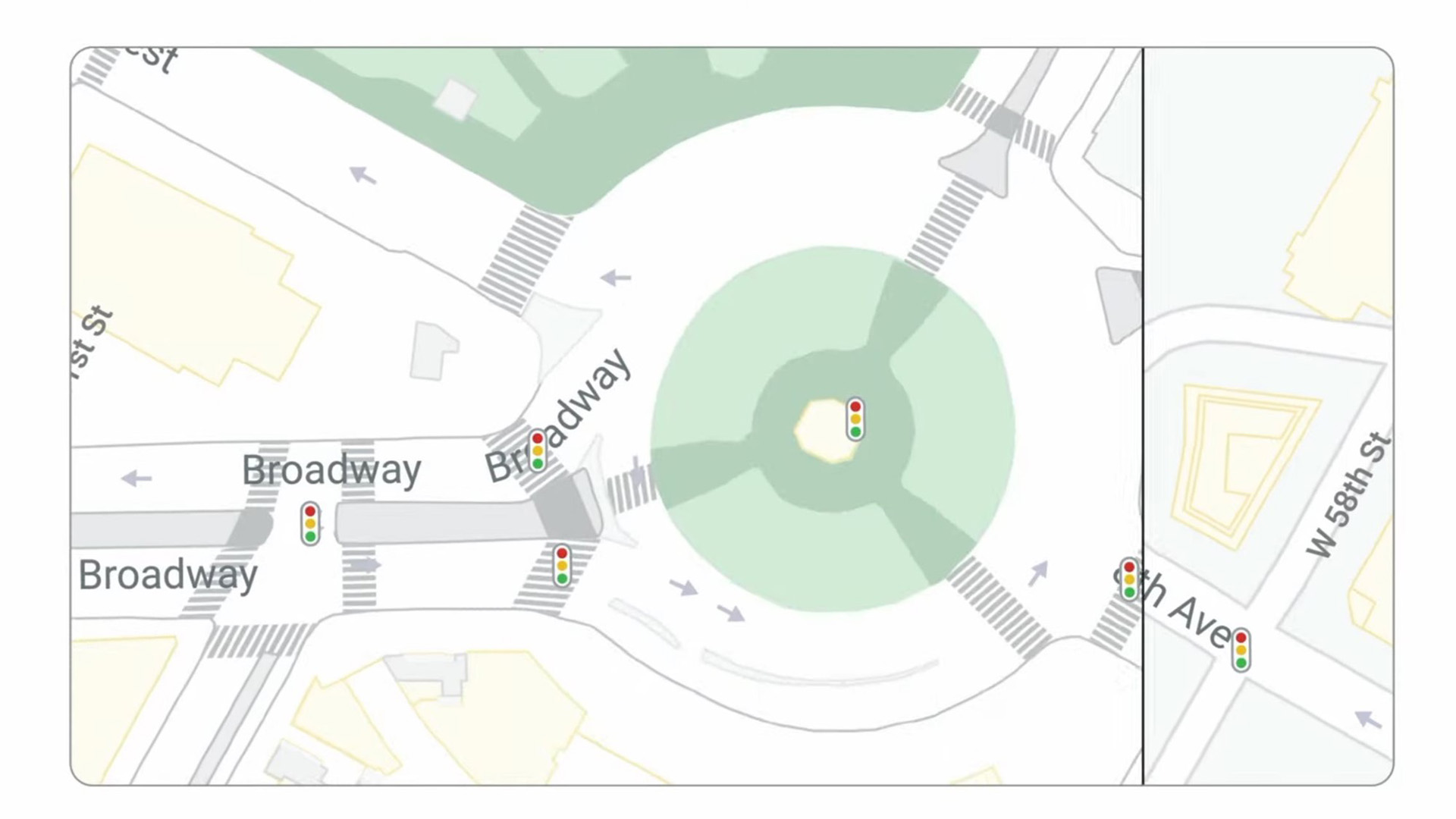
9. AR mapping to give more direction
According to Google’s VP of Engineering, google Maps is on track to deliver over 100 AI improvements this year. Among them are the addition of virtual street signs and more key landmarks highlighted, including your hotel for those travelling in a new city and indoor directions for airports and shopping malls.
Street maps are also getting more detailed, with sidewalks and cross walks added to roads around 50 new cities by the end of the year. Maps will become more dynamic with the businesses that is shows you, depending on the time of day and what you normally look for. You will also be able to discover how busy certain areas are before you arrive, using real time data. Something that will also help on the driving functions.
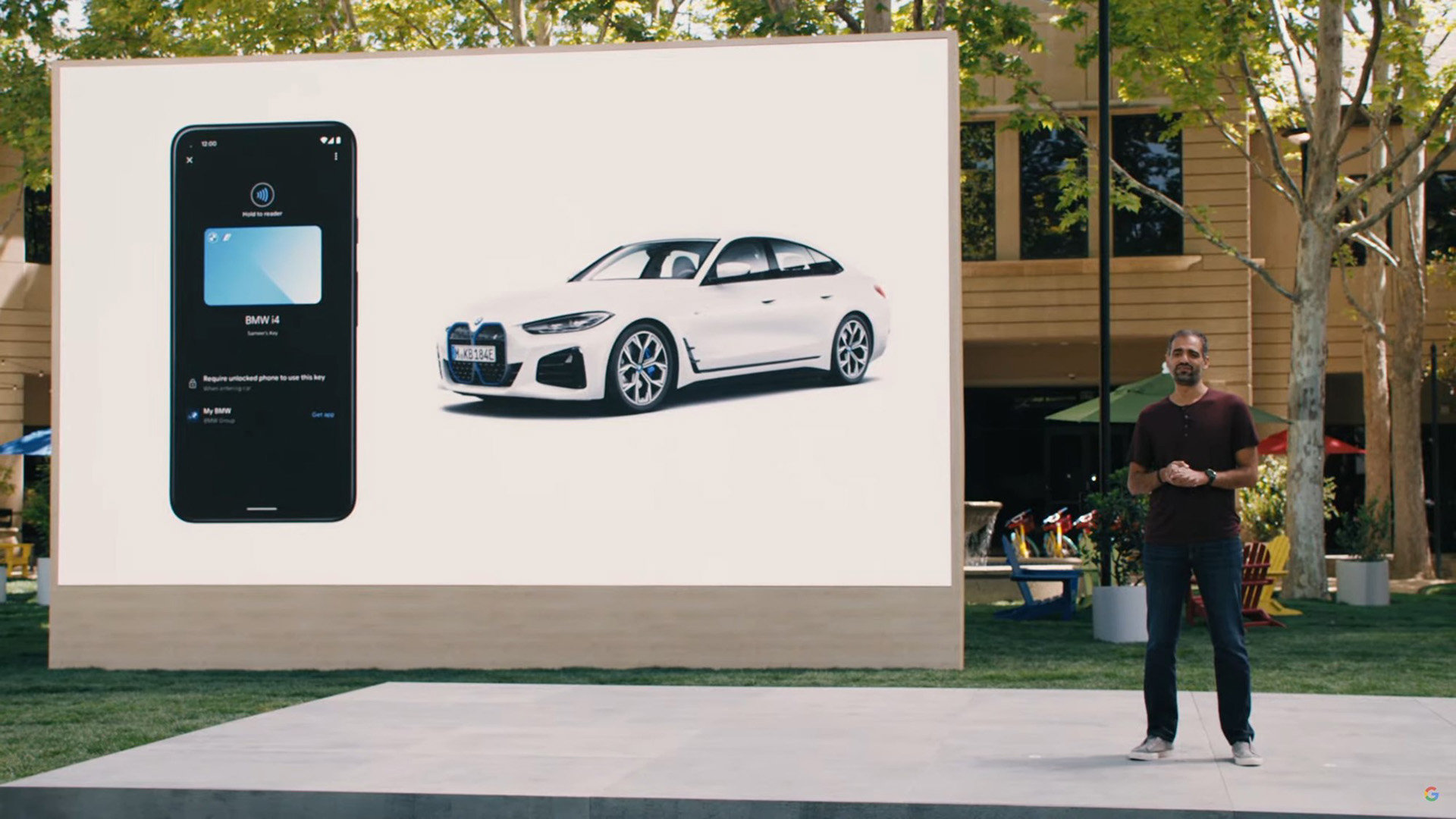
10. Unlock your car with an Android digital car key
With Android Auto now supported in 100 million cars, new models will now support Android Auto wireless, to connect without having to take the phone out of your pocket. But Android is also helping provide more car functionality.
Android can now work in place of your car key for many new models, including BMW. The digital car key will be able to lock, unlock and start your vehicle directly from your phone. It will also allow you to share the digital key with a friend or family member, to let them drive the car.
There’s still lots to come from Google I/O though, including what’s new sessions for Android, Google Assistant, Play and more. Watch all the latest on the Google I/O YouTube page.

As T3's Editor-in-Chief, Mat Gallagher has his finger on the pulse for the latest advances in technology. He has written about technology since 2003 and after stints in Beijing, Hong Kong and Chicago is now based in the UK. He’s a true lover of gadgets, but especially anything that involves cameras, Apple, electric cars, musical instruments or travel.
